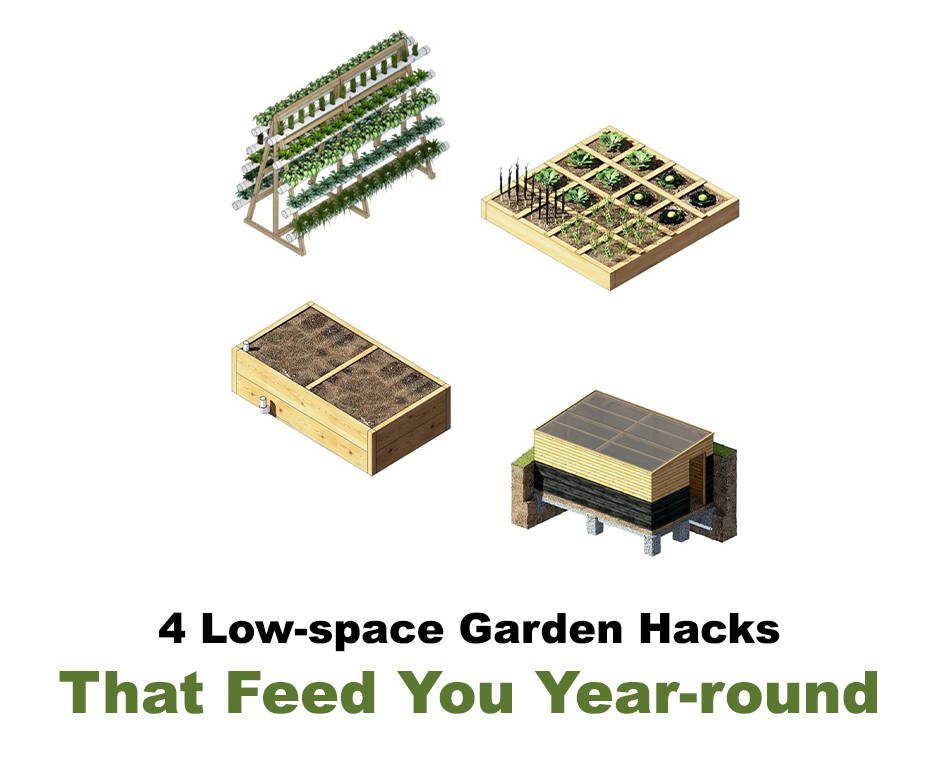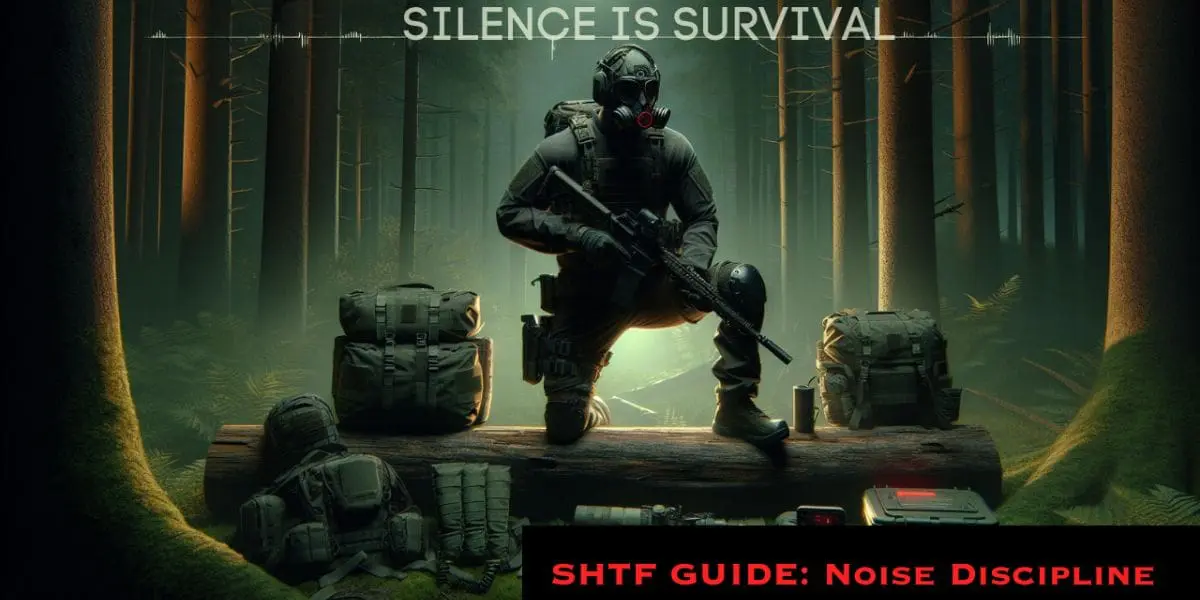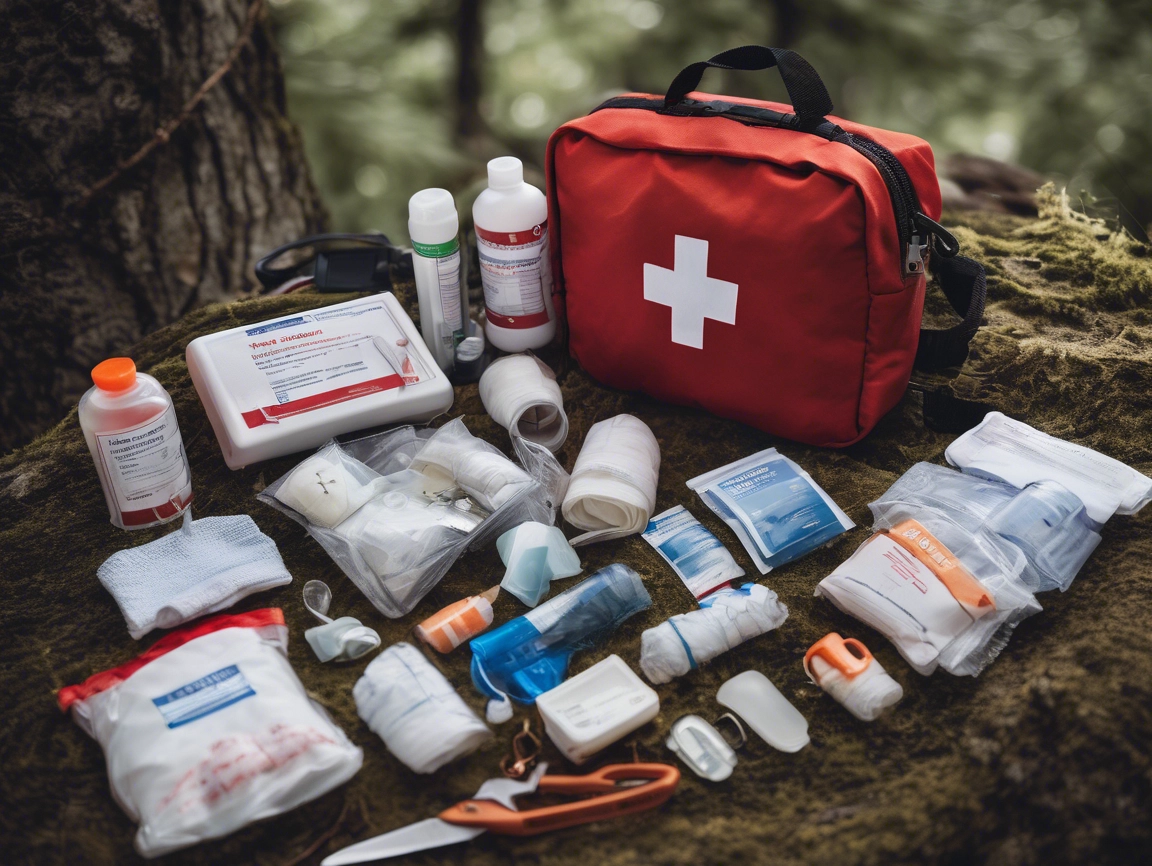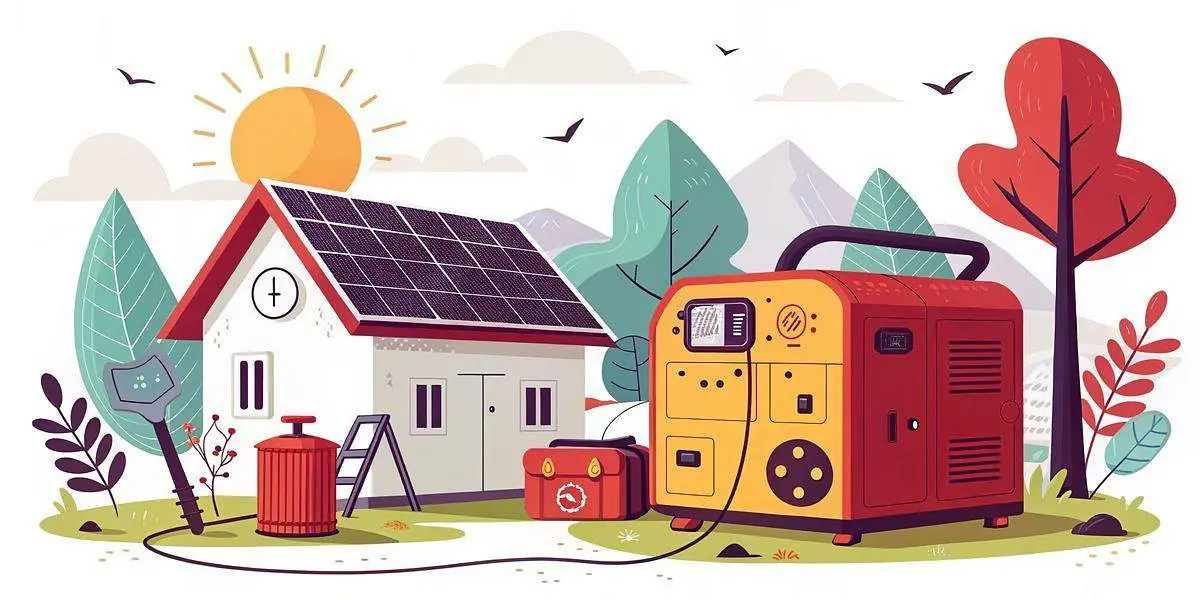Understanding Cognitive Dissonance in Survival Situations
Cognitive dissonance refers to the discomfort arising from holding conflicting beliefs or engaging in actions that contradict our values. In prepping, cognitive dissonance can arise when our readiness plans clash with our daily lives. For example, if we believe in self-sufficiency but rely heavily on external resources, it can create a sense of unease. By understanding cognitive dissonance and how it can impact decision-making during emergencies, we can better navigate these conflicting beliefs and make more rational choices.
The concept of cognitive dissonance in prepping
Prepping cognitive dissonance is when our beliefs and actions clash because our readiness plans conflict with our daily lives. It is the discomfort we feel when our desire for self-sufficiency clashes with our reliance on external resources. This psychological state highlights the tension between our prepping ideals and the realities of our circumstances. Understanding cognitive dissonance can help us navigate this paradox and make more rational choices in survival situations.

How cognitive dissonance can impact decision-making during emergencies
Cognitive dissonance can have a significant impact on decision-making during emergencies. The conflicting beliefs and actions that arise can cloud judgment and lead to irrational choices. Feeling uncomfortable when our preparedness ideals clash with the actual situation can make it hard to think clearly and assess risks accurately. It is essential to recognize and address cognitive dissonance to make informed decisions in survival situations.
Psychological Effects of Prepping and Cognitive Dissonance
When engaging in prepping, it’s important to understand the psychological effects that can arise, including anxiety and stress. The anticipation and readiness for emergencies can create a constant sense of alertness and pressure. Combined with cognitive dissonance, which often arises from conflicting beliefs and actions, these psychological effects can further impact decision-making. By recognizing these effects, preppers can develop coping strategies to manage cognitive dissonance and navigate survival situations more effectively.

Anxiety and stress in survival situations
Anxiety and stress are common psychological effects experienced in survival situations. The anticipation of emergencies and the constant state of readiness can lead to heightened levels of anxiety. The pressure to make quick decisions and the fear of the unknown can further contribute to stress. Preppers must recognize and confront these emotions in order to preserve their mental well-being and make rational decisions in survival scenarios.

Coping strategies for managing cognitive dissonance
Coping strategies for managing cognitive dissonance involve acknowledging and accepting conflicting beliefs or actions. Explore why there is dissonance and find like-minded people for support. To manage cognitive dissonance, think about your thoughts, seek guidance from trusted sources, and find balance by reassessing priorities.
Overcoming Cognitive Dissonance in Prepping
Recognizing conflicting beliefs and actions is the first step in overcoming cognitive dissonance in prepping (or any area). Take the time to reflect on the reasons behind the conflicting thoughts and behaviors. Then, identify strategies for resolving the dissonance. This may include reevaluating priorities, seeking out additional information or expert opinions, or adjusting your prepping plans accordingly. By addressing cognitive dissonance head-on, you can ensure that your prepping efforts align with your beliefs and values.
Recognizing conflicting beliefs and actions
Recognizing conflicting beliefs and actions is crucial in overcoming cognitive dissonance in prepping. Take a step back and reflect on your beliefs and actions. Are there any contradictions or inconsistencies? Identify the areas where your prepping plans or actions may be in conflict with your beliefs or values. This self-awareness is the first step towards resolving cognitive dissonance and aligning your prepping efforts with your core principles.
Strategies for resolving cognitive dissonance in prepping
One strategy for resolving cognitive dissonance in prepping is to reassess your beliefs and values. Take the time to reflect on why you are prepping and what it means to you. Consider whether your current actions align with your core principles. Additionally, seeking guidance from experienced preppers or consulting resources can provide new perspectives and help reconcile conflicting beliefs. Remember, embracing flexibility and adapting your prepping plans can also alleviate cognitive dissonance.

Practical Tips for Navigating Cognitive Dissonance in Survival Situations
When faced with cognitive dissonance in survival situations, there are practical tips you can follow to navigate conflicting beliefs and actions:
- Create a realistic prepping plan: Assess your needs and resources, and develop a plan that aligns with your values and priorities.
- Build resilience and adaptability: Embrace flexibility and be willing to adjust your prepping strategies as circumstances change.
- Seek guidance: Connect with experienced preppers, join online communities, and consult reputable resources to gain different perspectives and insights.
- Practice self-evaluation: Regularly reflect on your beliefs and values to ensure they align with your actions and adjust accordingly.
- Stay informed: Continuously educate yourself on survival strategies, emergency situations, and new developments that may impact your prepping plans.
By implementing these practical tips, you can effectively navigate cognitive dissonance in survival situations and ensure that your actions align with your core principles and values.

Creating a realistic prepping plan
When it comes to prepping, it’s essential to create a realistic plan that aligns with your needs and resources. Assess your priorities and determine what supplies, equipment, and skills you’ll need to acquire. Consider factors such as location, climate, and the specific types of emergencies you may face. Establish concrete goals and break them down into actionable steps. Regularly evaluate and update your plan as circumstances change. Having a well-thought-out and realistic prepping plan will help ensure your preparedness efforts are effective and efficient.

Building resilience and adaptability in emergencies
When facing emergencies, building resilience and adaptability is crucial. Resilience allows you to bounce back from difficult situations, while adaptability enables you to adjust and thrive in ever-changing circumstances. Strengthen your resilience by developing coping mechanisms, seeking support from others, and maintaining a positive mindset. Enhance adaptability by staying informed, practicing problem-solving skills, and being open to change. Building these traits will help you navigate cognitive dissonance and make better decisions during survival situations.
Case Studies on Cognitive Dissonance in Prepping
In real-life survival scenarios, cognitive dissonance can manifest in various ways. For example, individuals may face conflicting beliefs about the use of force for self-defense or the limits of their preparedness. A case study might involve someone who struggles with stockpiling supplies but refuses to implement security measures. Studying these situations helps us understand how cognitive dissonance in prepping is complex and how it can affect decision-making during emergencies.
Lessons learned and insights for preppers
Lessons learned from examining cognitive dissonance in prepping can provide valuable insights for fellow preppers. Recognizing the potential for conflicting beliefs and actions is crucial. Take the time to evaluate your prepping plan and address any inconsistencies. Building resilience and adaptability in emergencies is also essential. By acknowledging and navigating cognitive dissonance, you can make more informed decisions and better prepare yourself for survival situations.
Conclusion
In conclusion, understanding and navigating cognitive dissonance in prepping is crucial for effective decision-making during survival situations. By recognizing conflicting beliefs and actions, addressing inconsistencies, and building resilience, you can better prepare yourself for emergencies. Take the time to create a realistic prepping plan and constantly adapt to changing circumstances. By doing so, you will be better equipped to navigate cognitive dissonance and successfully navigate through any survival scenario.
































